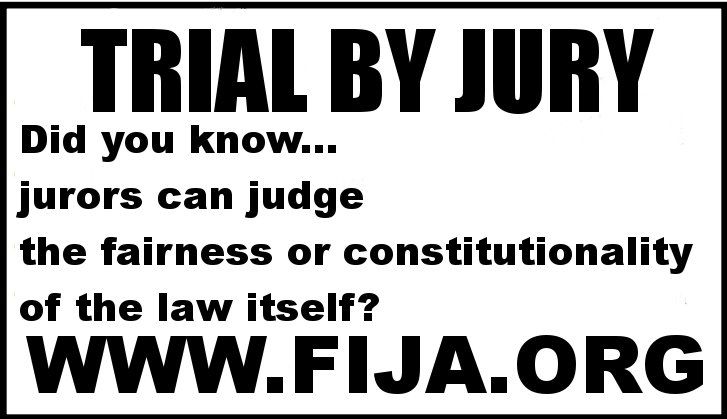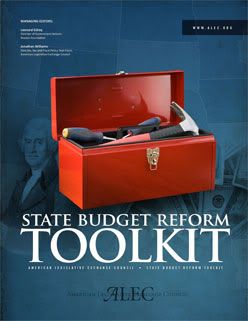NEVER FORGET!!!

The USS Shaw exploding on December 7, 1941.
KGU in Honolulu calls NBC to report Japanese attack on Pearl Harbor while it is in progress.
An NBC Radio report on the aftermath of the attack on Pearl Harbor.
"December 7th," directed by John Ford, begins with the aftermath of the Japanese attack on Pearl Harbor, nicknamed "the Navy's hundred million dollar fist." Authentic footage of the invasion is mixed with reenactments to provide a complete portrait of the events of that fateful day. An extended sequence pays tribute to the American soldiers killed in the attack, many of whom are individually profiled, complete with testimonials offered by surviving family members. American bravery is not only embodied by the fallen, it is proven by the resolve that comes in response to the attack. The film culminates in a profile of the Navy's recovery of one sunken vessel in particular, employing the effort as a metaphor for the American cause, "a symbol of the fighting spirit of our men who build and man our ships." Much like this successful refitting, the film suggests that American forces will rise from destruction, stronger than they were before.
Here are three chapters from the Frank Capra "Why We Fight" film series to help you understand a little better of what was going on back then...
"Prelude to War," Chapter I of Frank Capra's "Why We Fight" series,
describes World War II as a battle between the "slave world" of fascism
and the "free world" of American liberty. In the "slave world," the
entire populations of Germany, Italy and Japan have been hoodwinked by
madmen, opportunists who capitalized on their people's desperation and
weakness to rise to power. These demagogues promised revenge for past
losses, and in the process convinced their people to give up their
rights and accept dictatorship. In the "free world," the principles of
equality, freedom, and liberty characterize the greatest leaders,
embodied in the works and words of Washington, Jefferson, and Lincoln.
This freedom is a threat to the fascist dictators of the Axis powers,
who claim that democracy is weak and must be eradicated. The film
claims that the ultimate goal of the Axis powers is to enslave the
nations of the "free world," a desire made manifest in the Japanese
invasion of Manchuria and Mussolini's destruction of Ethiopia.
"The Battle of China," Chapter VI of Frank Capra's "Why We Fight"
series, explains why the Empire of Japan possessed such a strong
interest in ruling the disparate lands of China. In an attempt to break
the will of the Chinese people in one massive assault, Japan invades
Nanking and massacres forty thousand civilians. The attack results in
an opposite effect, galvanizing the Chinese resistance and unifying the
separate lands into a single Chinese identity. While the Japanese take
control of all Chinese ports, hoping to cut off all resources from its
victim, China's allies effectuate an engineering miracle. They
construct the seven hundred mile long Burma Road over the mountains of
Myanmar, and set up a constant caravan of trucks to ship food and
materiel to the Chinese armies, keeping them alive. Frustrated by their
inability to conquer China, the Japanese turn their attention to the
islands of the Pacific, and the United States.
"War Comes to America," Chapter VII of Frank Capra's "Why We Fight"
series, begins by celebrating the American values of liberty and freedom
that are threatened by the aggressive forces of Germany and Japan. The
early years of the war are seen from the perspective of the United
States, with particular focus on the reluctance of the American people
to get involved in a European or Asian conflict. As the German army
rolls across Europe, Nazi organizations spring up across the United
States. The film attributes the rise of such groups to Hitler's policy
of softening up future targets with political sympathizers, and shows
one surreal Nazi rally at Madison Square Garden, where paintings of
George Washington hang alongside the swastika. Eventually the American
government realizes that war is inevitable and cranks up the production
of weapons and drafts the largest army in its history. The film ends
with the war's beginning for the United States, the surprise attack by
the Japanese on Pearl Harbor, December 7, 1941.
"Prelude to War," Chapter I of Frank Capra's "Why We Fight" series,
describes World War II as a battle between the "slave world" of fascism
and the "free world" of American liberty. In the "slave world," the
entire populations of Germany, Italy and Japan have been hoodwinked by
madmen, opportunists who capitalized on their people's desperation and
weakness to rise to power. These demagogues promised revenge for past
losses, and in the process convinced their people to give up their
rights and accept dictatorship. In the "free world," the principles of
equality, freedom, and liberty characterize the greatest leaders,
embodied in the works and words of Washington, Jefferson, and Lincoln.
This freedom is a threat to the fascist dictators of the Axis powers,
who claim that democracy is weak and must be eradicated. The film
claims that the ultimate goal of the Axis powers is to enslave the
nations of the "free world," a desire made manifest in the Japanese
invasion of Manchuria and Mussolini's destruction of Ethiopia.
"The Battle of China," Chapter VI of Frank Capra's "Why We Fight"
series, explains why the Empire of Japan possessed such a strong
interest in ruling the disparate lands of China. In an attempt to break
the will of the Chinese people in one massive assault, Japan invades
Nanking and massacres forty thousand civilians. The attack results in
an opposite effect, galvanizing the Chinese resistance and unifying the
separate lands into a single Chinese identity. While the Japanese take
control of all Chinese ports, hoping to cut off all resources from its
victim, China's allies effectuate an engineering miracle. They
construct the seven hundred mile long Burma Road over the mountains of
Myanmar, and set up a constant caravan of trucks to ship food and
materiel to the Chinese armies, keeping them alive. Frustrated by their
inability to conquer China, the Japanese turn their attention to the
islands of the Pacific, and the United States.
"War Comes to America," Chapter VII of Frank Capra's "Why We Fight"
series, begins by celebrating the American values of liberty and freedom
that are threatened by the aggressive forces of Germany and Japan. The
early years of the war are seen from the perspective of the United
States, with particular focus on the reluctance of the American people
to get involved in a European or Asian conflict. As the German army
rolls across Europe, Nazi organizations spring up across the United
States. The film attributes the rise of such groups to Hitler's policy
of softening up future targets with political sympathizers, and shows
one surreal Nazi rally at Madison Square Garden, where paintings of
George Washington hang alongside the swastika. Eventually the American
government realizes that war is inevitable and cranks up the production
of weapons and drafts the largest army in its history. The film ends
with the war's beginning for the United States, the surprise attack by
the Japanese on Pearl Harbor, December 7, 1941.






























0 comments :
Post a Comment